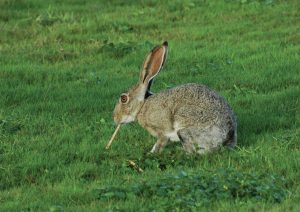 A jackrabbit eats a mesquite bean. (Courtesy: Anita Westervelt)
A jackrabbit eats a mesquite bean. (Courtesy: Anita Westervelt)Black-tailed jackrabbits can leap 20 feet in one bound, run at speeds up to 40 miles per hour, turn on a dime and lead a predator on a vexing, zigzag chase.
Abundant throughout Texas, black-tailed jackrabbits live on the open range and wide-open plains. Brown, tan and buff fur colors help them blend into the desert scrublands, prairies, pastures, brushlands and even golf course roughs of their preferred habitat — the open expanse an ideal lookout for potential threats.
A jackrabbit’s ears and nose are in constant motion, analyzing their environment for sounds and smells. They also have a keen sense of sight. Jackrabbits are species of prey for many predators, including coyotes, bobcats, hawks, owls and snakes. A jackrabbit’s eyes are on the sides of their head which allows them to look back, side and forward without moving. Remaining motionless is a survival tactic, a chance the jackrabbit will be overlooked while it looks, listens and smells intently, ready to bolt in a heartbeat.
Perhaps their most endearing and iconic feature, a jackrabbit’s ears are six to seven inches long. They not only provide keen hearing, they also allow jackrabbits to regulate their body temperature. The big ears are full of blood vessels. When a jackrabbit gets too hot, the blood vessels widen, which promotes heat loss.
Despite their name, jackrabbits are not rabbits, they are hares. Their babies, called leverets, are born with fur and their eyes open. Rabbits are born without fur, eyes not open. Leverets can fend for themselves within a month. Adult females can have four litters a year.
Adult jackrabbits are long, lithe and lean, 17 to 25 inches long and weigh five to eight pounds. They have a black stripe down the center of the back, a black rump patch and a black tail. Both sexes look alike; the female is the larger of the two sexes.
Jackrabbits spend the heat of the day resting in shallow depressions on the ground; they become active at dusk and throughout the night, foraging for food under the relative security of darkness, according to a Texas Parks and Wildlife Department Internet information sheet.
Jackrabbits are herbivores with a diverse and interesting diet of vegetation, including plants, buds, grass, bark, roots, twigs and leaves, mesquite leaves and beans, prickly pear cacti and desert shrubs. They often forage and rest in groups, relying on the eyes and ears of each other for protection. They can hunker down, ears laid back, depicting only a small impression on the terrain, or sprawled out, belly up like a cat, but always on alert. A group of jackrabbits is called a drove.
Although they rely on their incredible speed, agility, camouflage and characteristic freeze behavior to elude predators, jackrabbits are vulnerable to the swiftness and strength of their enemies. When caught, though, they will attempt to defend themselves by kicking with their powerful hind legs, biting and shrieking loudly to escape. If they are lucky enough to escape, they will flash the white underside of their tail to alert other jackrabbits in the area, according to tpwd.texas.gov.
These sources were helpful in writing this article. Tpwd.texas.gov, study.com, desertmuseum.org and blog.nature.org field guide to jackrabbits.
Anita Westervelt is a Texas Master Naturalist.
The post Charming creatures with enviable traits: Black-tailed jackrabbits are the only species of its kind in Texas appeared first on MyRGV.com.
 (2).png)
 3 months ago
79
3 months ago
79
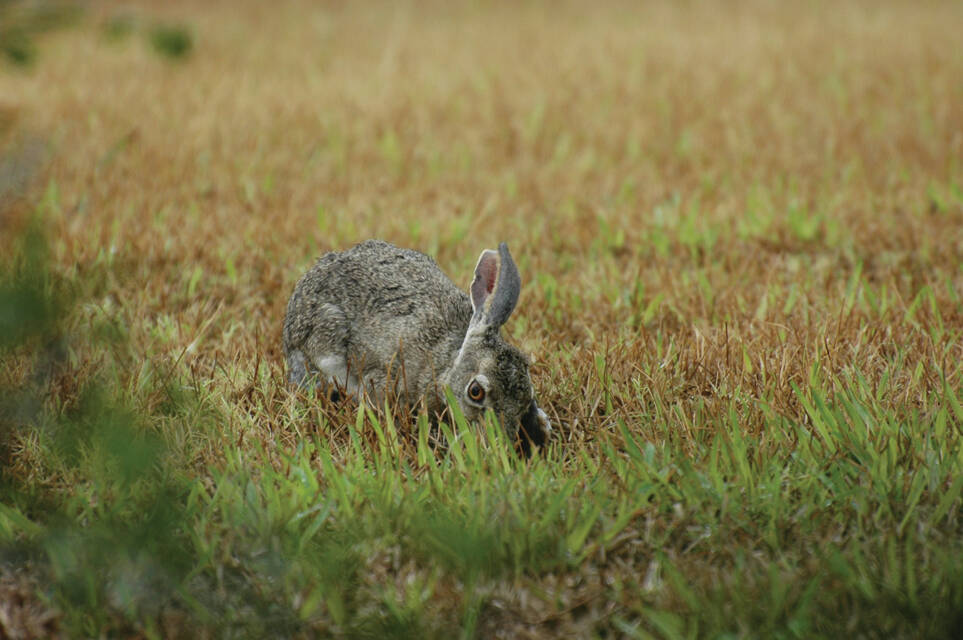
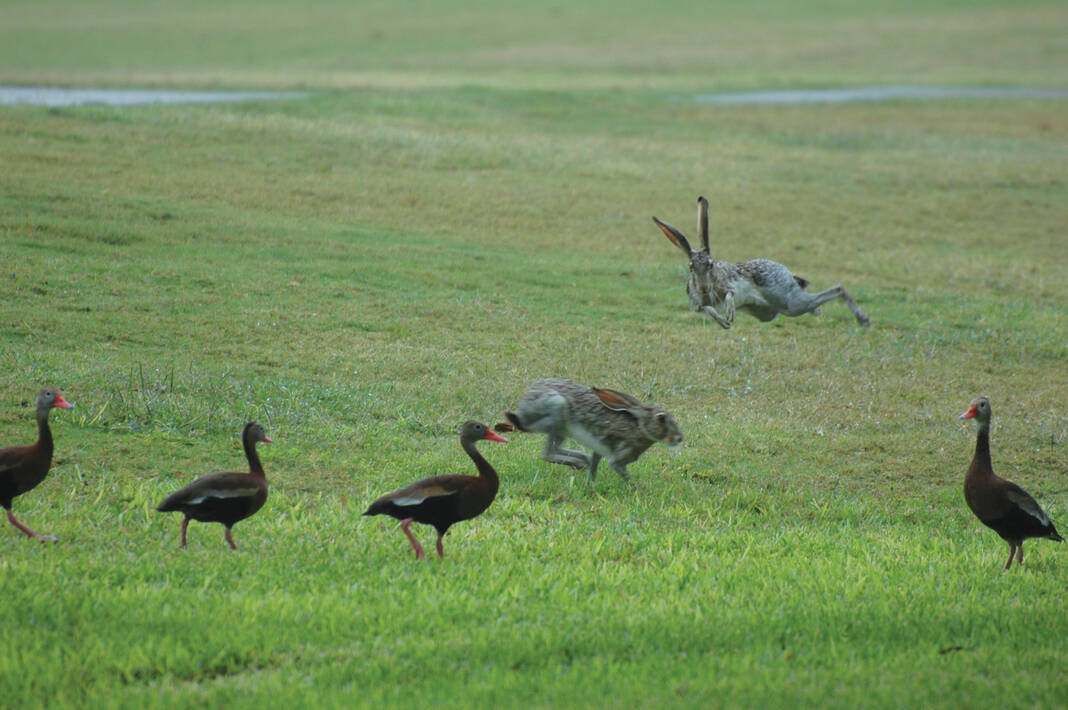
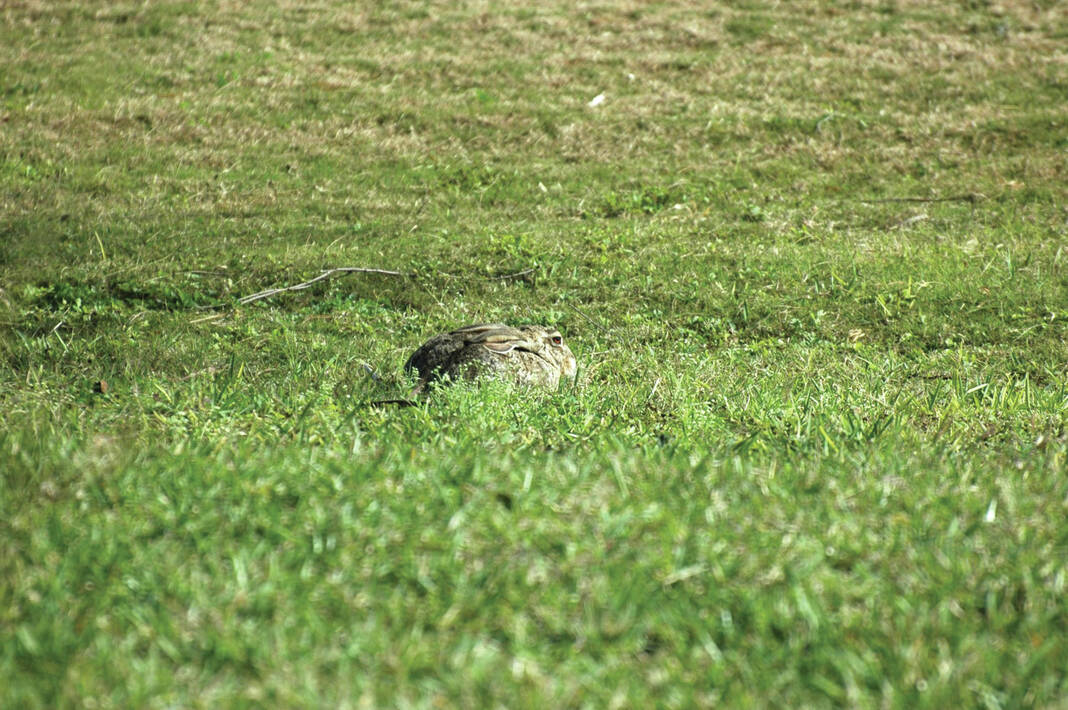
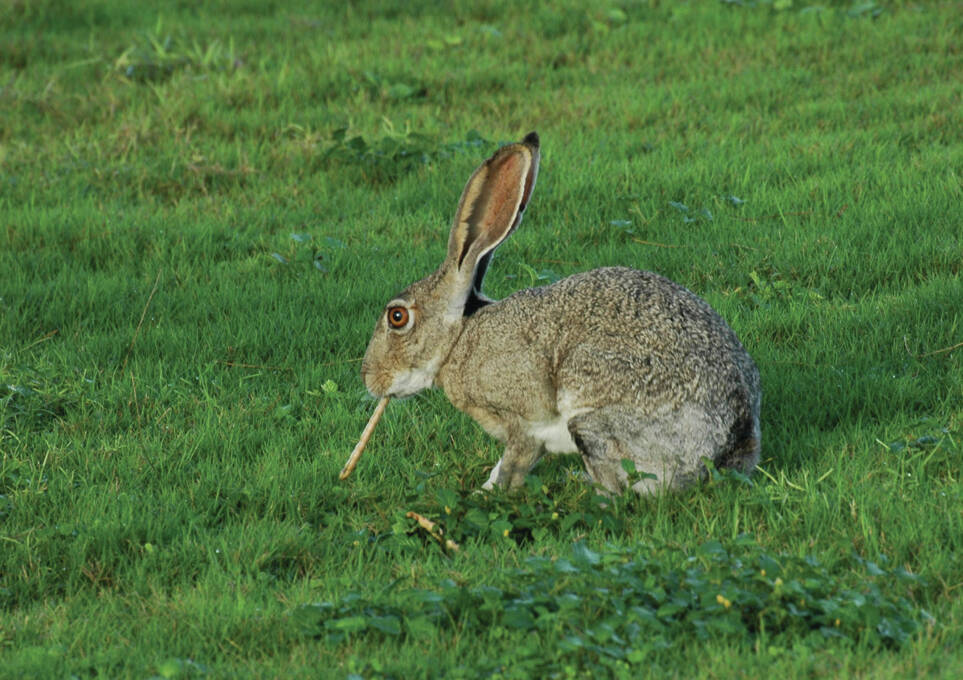
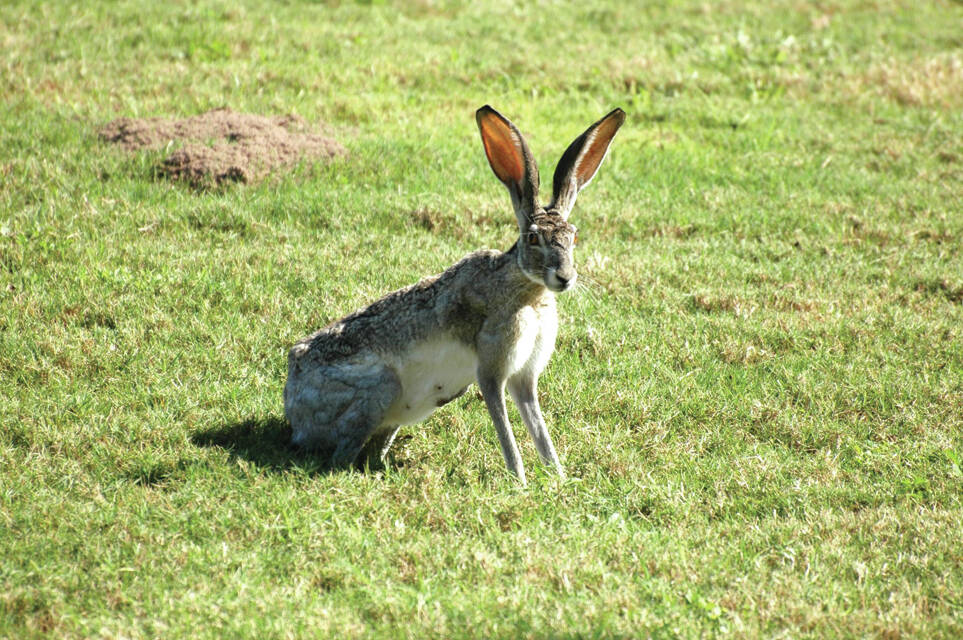








 English (US)
English (US)